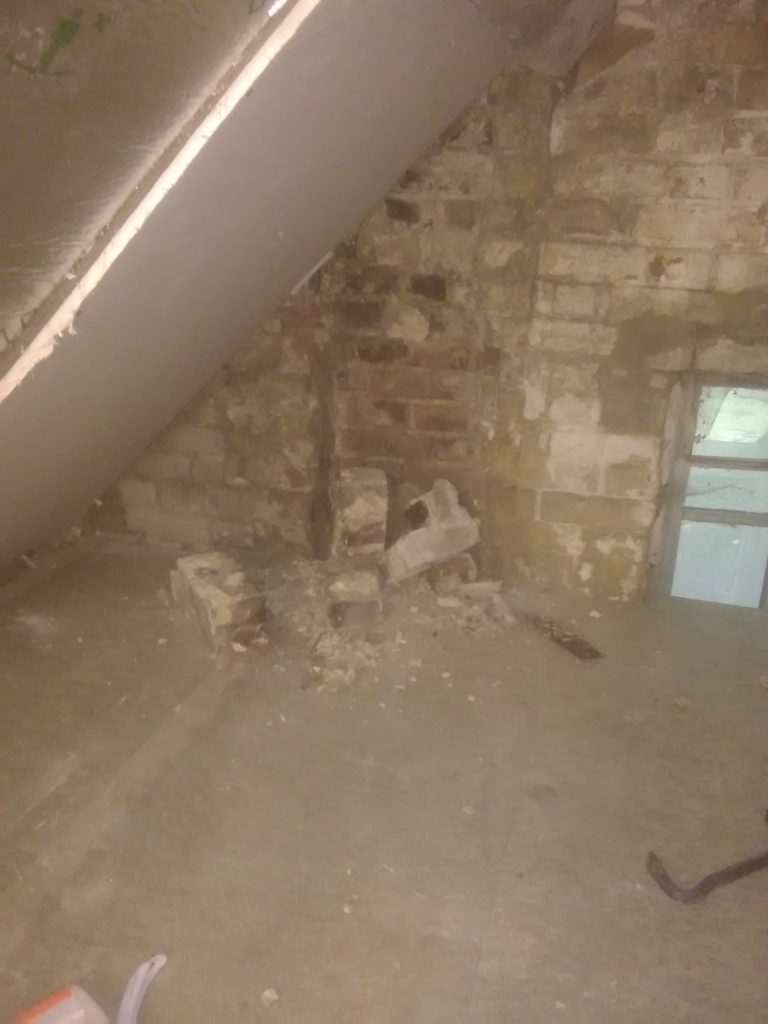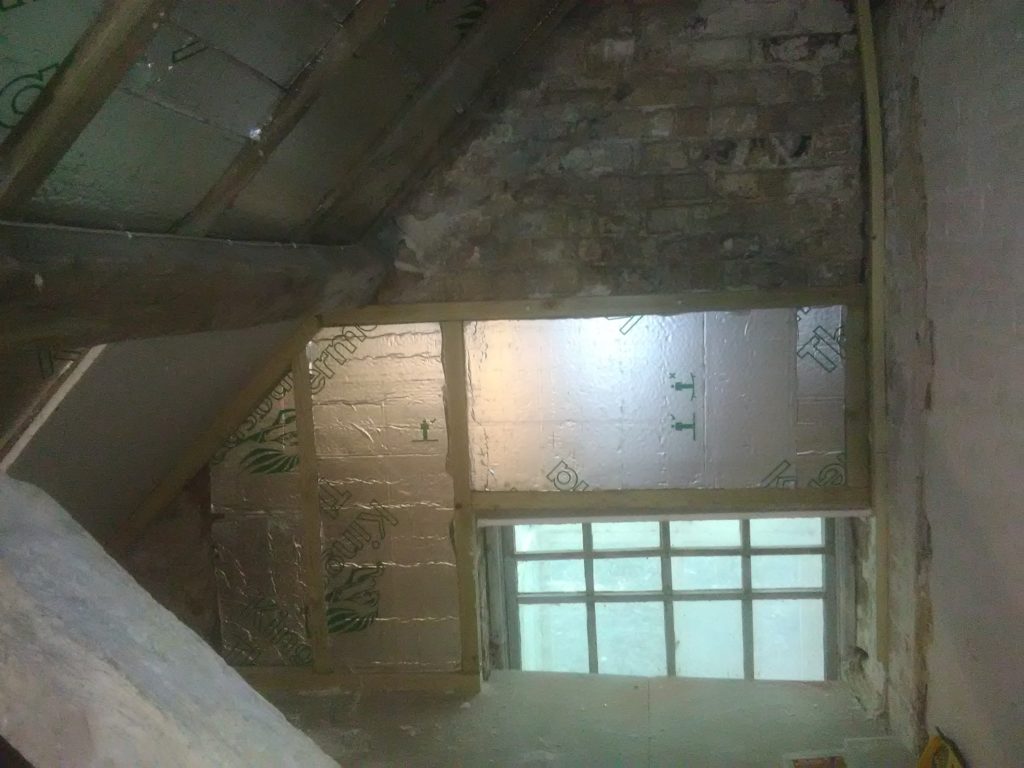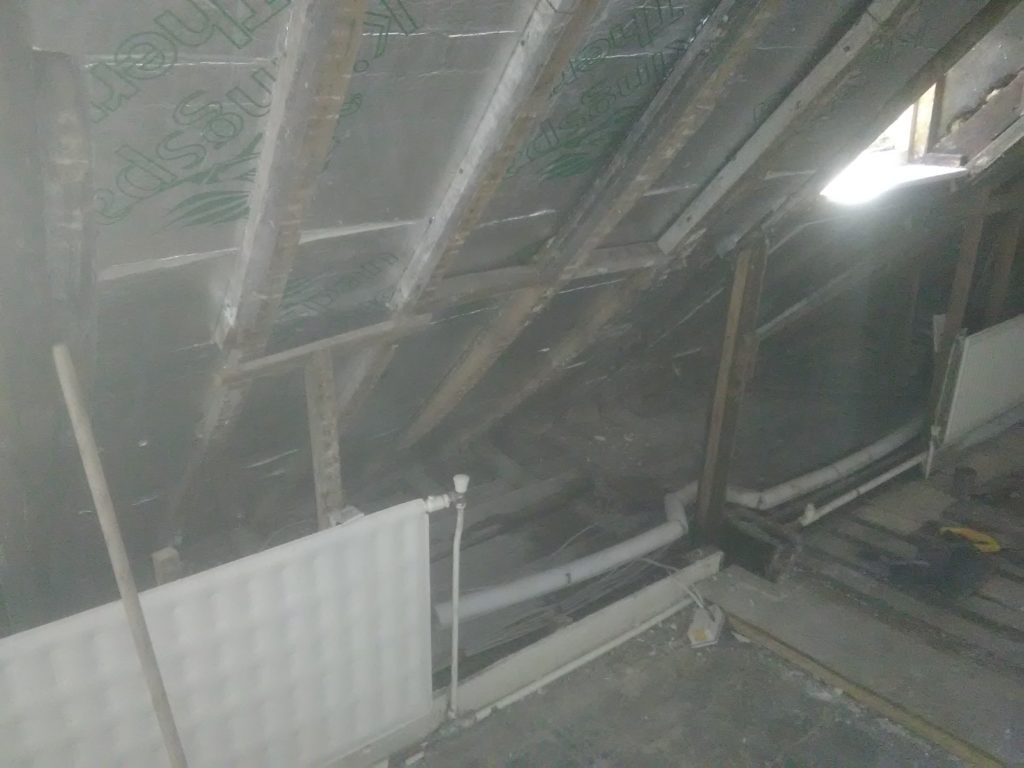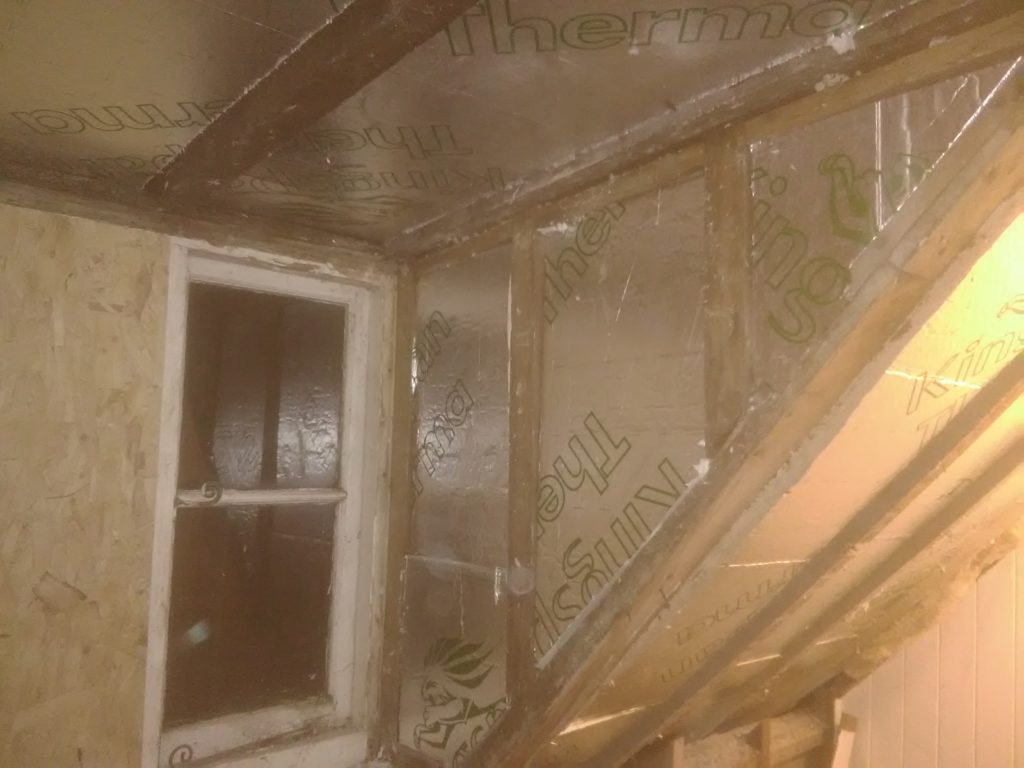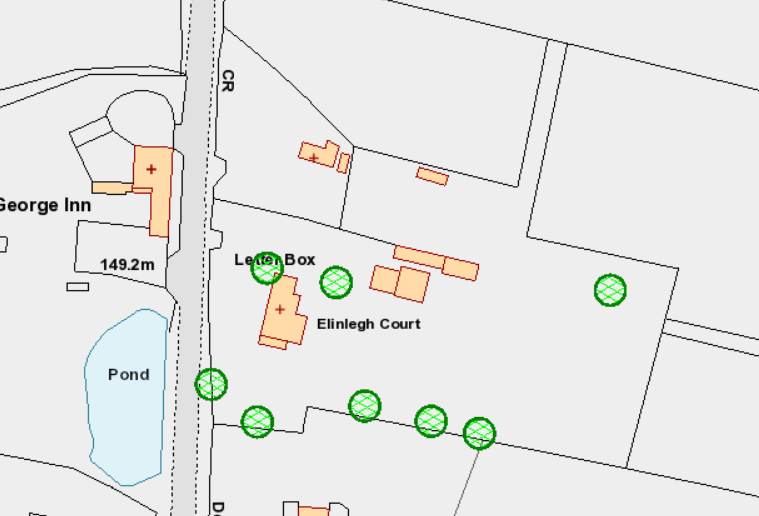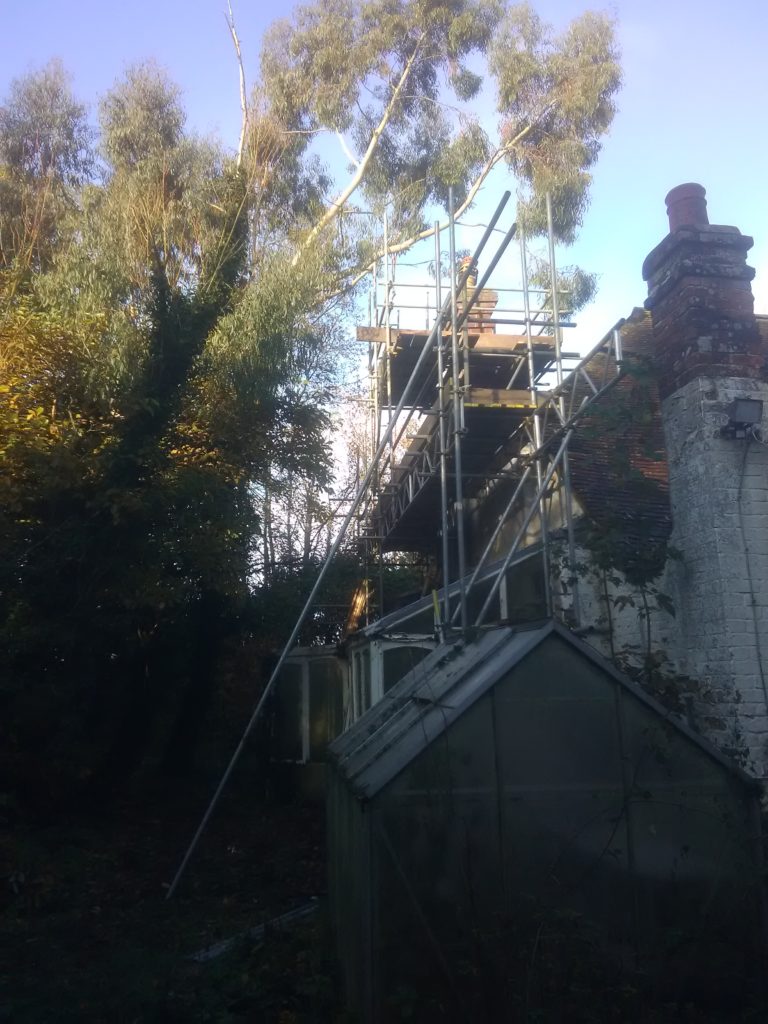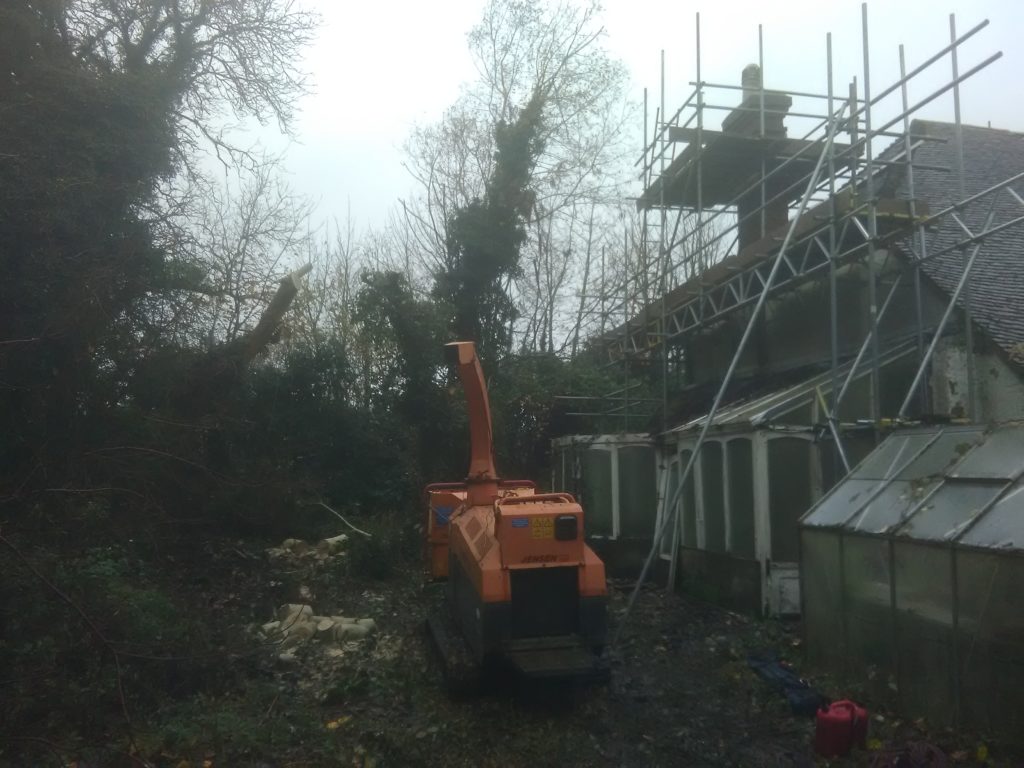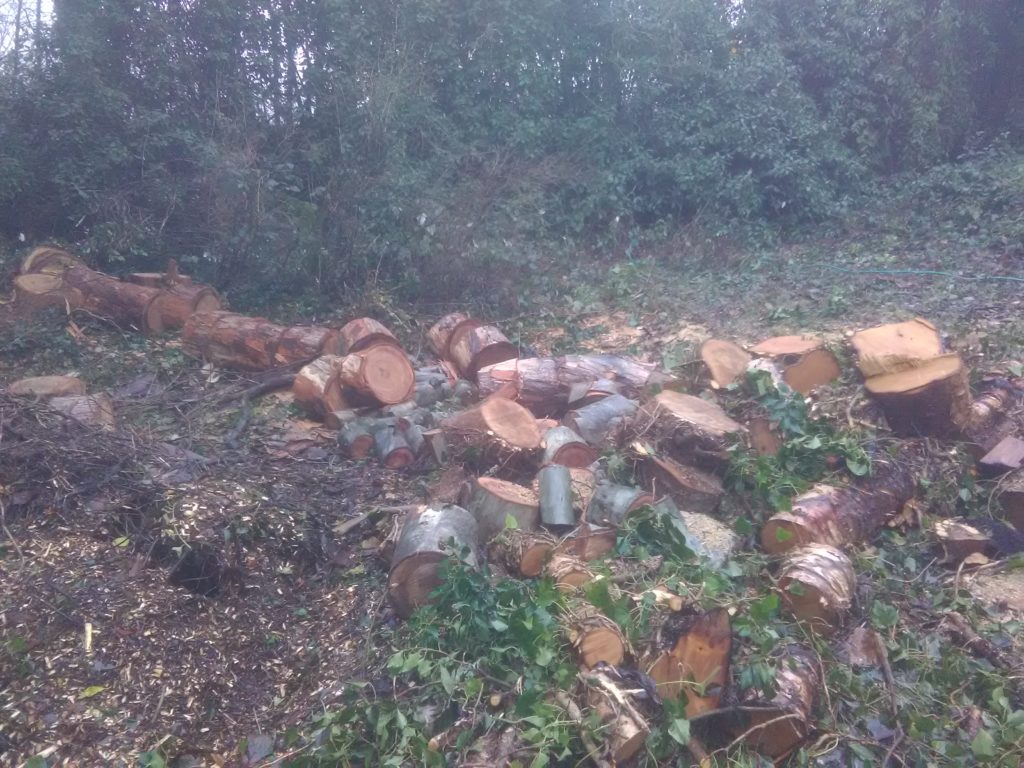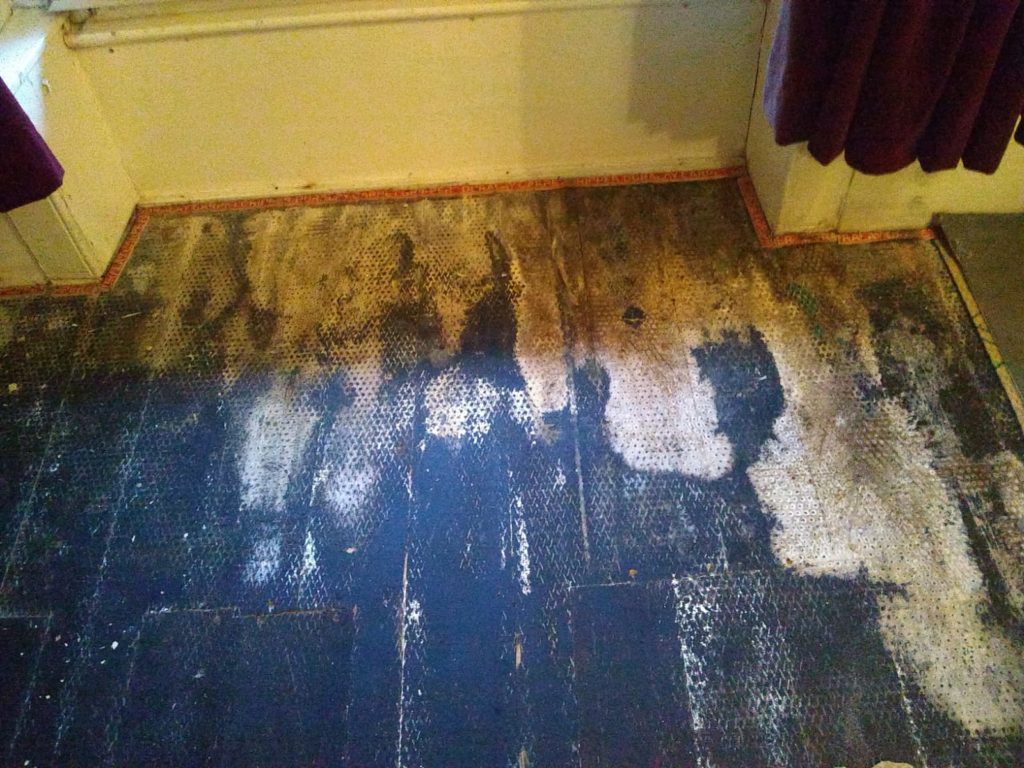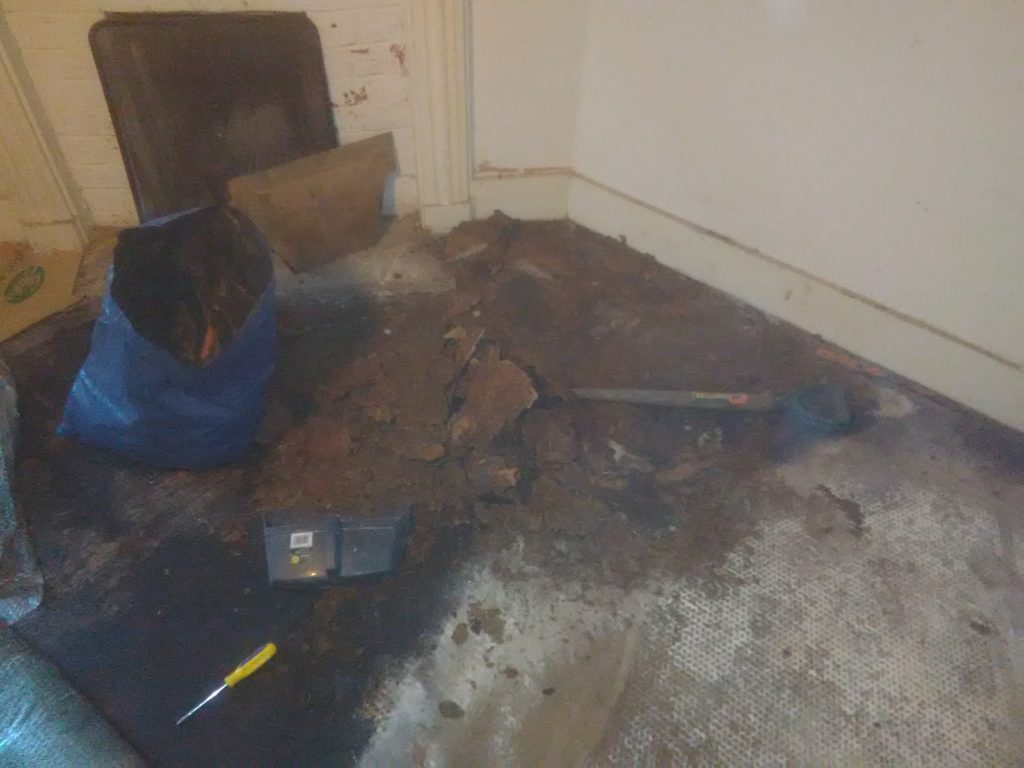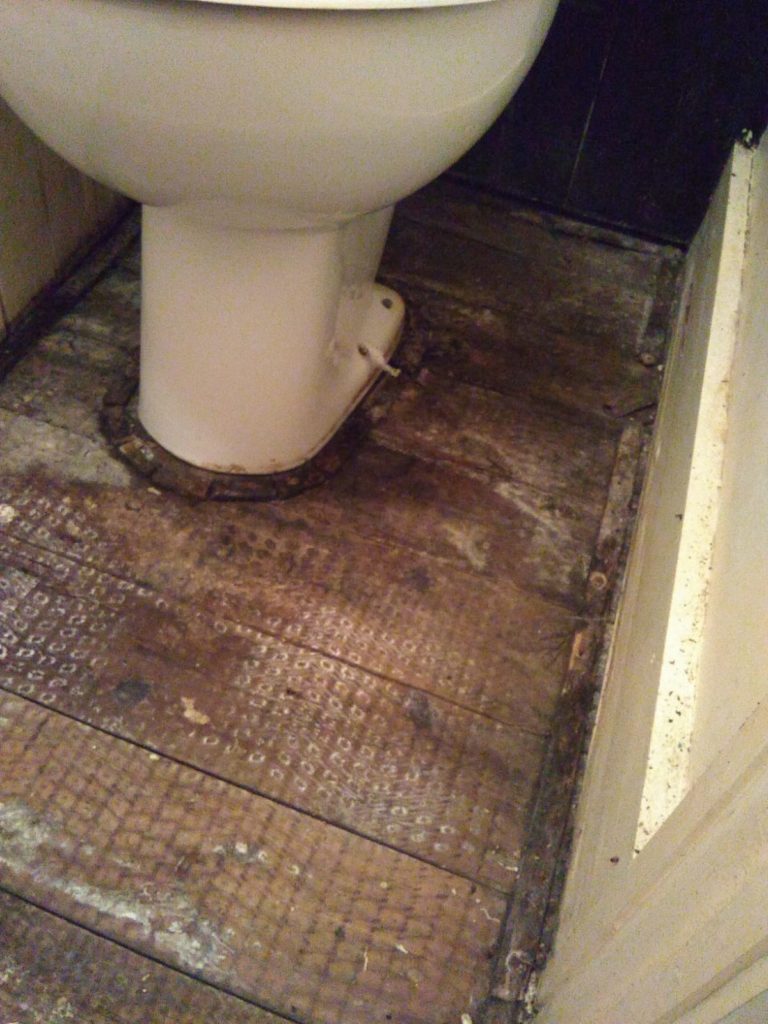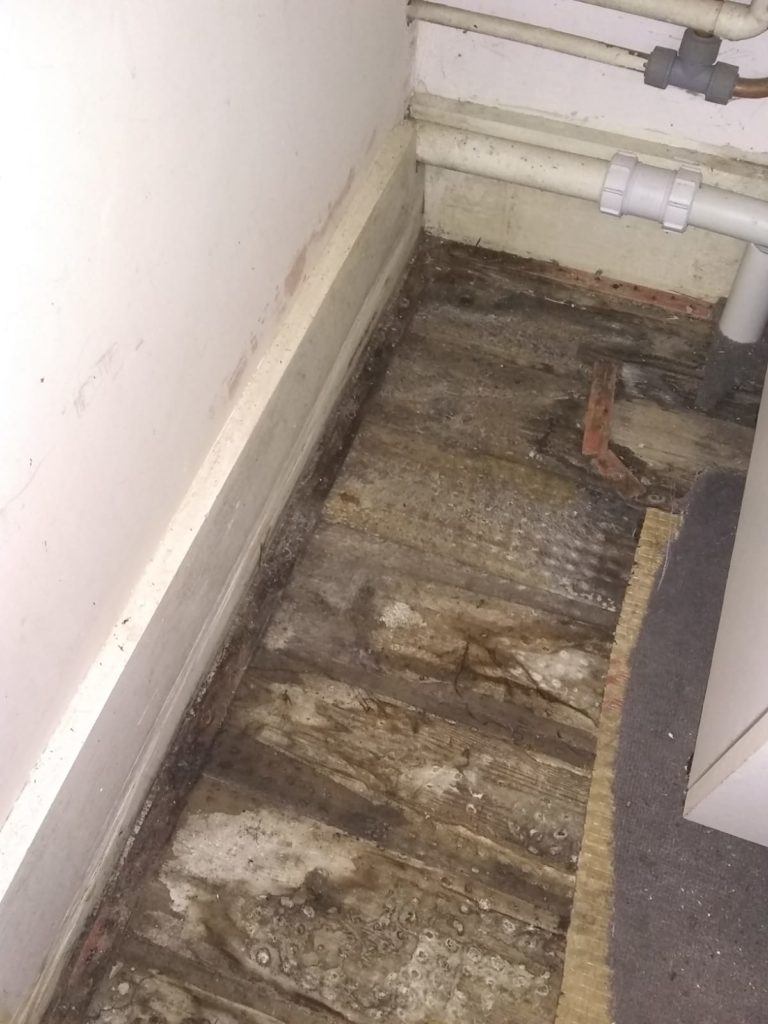Hello and a Happy New Year to you all. Welcome back to my blog: Saving Elinlegh, charting our battle with a crumbling Georgian farmhouse with medieval routes. Looking back over the first month of ownership we have made some solid progress bringing this property back from the brink. Each day has been a step forward with some small problem solved or some larger problem partly solved; there have also been quite a few problems discovered. Read on to find out more!
Saving Elinlegh: The First Month
The time up to the end of the first week in December was going to be a very busy time at Elinlegh, with various trades starting work on site. However, the autumn weather was against us and the work on the roof in particular has had to take a back seat. This is now starting in January. That said we got lots done during this period, focusing on continuing to remove rotten and damp effected areas inside. We have also made good progress with insulation and have got the heating system going! With temporary repairs applied, we only have one part of the roof letting in water now which means less reliance on buckets and tarpaulins.
We are insulating the roof pitch and some of the inside of the exterior walls where practical with Kingspan Thermapitch. We are using 75mm between the rafters and 50mm behind dry lining; like in the loft room shown in the images below. Much of the rear catslide pitch was either unboarded, or the internal covering had to be removed or had come down due to water damage. So on the whole, access has been pretty good, although we have had to resort to loose fill in a few areas with poor access. Now they have dried out, the inside of the dormers have also had the same treatment.
In the few brief dry interludes through November and early December, our attention turned again to the outside of the property. The rainwater goods all seem to be working reasonably well again now, although we still have some work to do on the ground drainage to take the water effectively away from the property. Another job starting in January! One thing we made a point of tackling early on were the trees that were encroaching on the property. On the south end they had succeeded in taking out part of the gable chimney and had destroyed the conservatory. A couple of afternoons with the chainsaw and a tree surgeon hired for a day got rid of the worst of them. We were very pleased to see the last of a particularly large Eucalyptus tree that had been planted far too close to the house.That’s next years firewood supply sorted. We always however kept the map of the Tree Preservation Orders close to hand though!
One thing that we made sure we did early on was to remove all the old carpets from the property and we weren’t sorry to see the back of these (Note: these burnt very well – even the wet ones!). The down side of this was that the property was a little louder with all the work going on and a little more drafty. The main purpose of doing this however was to get a good look at the flooring timbers. Not surprisingly we found a good deal more dry rot – particularly in the annex area (Ed: sorry – Andrea’s sewing studio). Fortunately this was mainly on the surfaces and hadn’t got a good hold in most areas. We think that it is relatively recent growth and only got going since the property has been empty – perhaps in the last 18months. Some floors will need to be replaced though. Under one spongy floor which we thought was wood, we were surprised to find another flagstone floor that had been covered up with chipboard and bitumen paint. I will report later how we get rid of the paint – we are thinking a sandblaster.
A small note on dry rot at this point. Dry rot is a fungus (Serpula Lacrymans) that eats the cellulose in wood, leaving behind a brittle crumbly wood without strength. Rotten or destroyed timbers need to be removed and replaced and the surrounding wood treated. Most houses will have dry rot spores (seeds) in the air and on surfaces but the dry rot fungus is very fickle and specific about the conditions it likes to grow in and most modern houses will not have any problems even with the fungus present. Dry rot needs quite high moisture content in the wood (above 30%) for it’s spores to germinate. In a centrally heated house typical wood moisture content would be around 15%. Generally it will also require high ambient air humidity (around 95%). A temperature range of 3DegC to 23DegC is also required for optimum growth. For this reason it is also referred to as cellar rot – because it is in cellars where the optimum conditions are found – stale, humid air, wet wood, and tight temperature ranges. So, dry rot can be halted and killed if the conditions are changed – just heating and ventilating a house and removing and sources of water ingress will go a long way to solving the problem (particularly if not well established). In a later blog I will explain how we permanently tackle the dry rot in Elinlegh but for now we are ventilating and drying out the effected timbers.
So that’s it for now. In my next installment we have plumbers and electricians on site and I will report what progress we have made in these areas through late December and into the New Year. Thank you for reading. – Richard #savingelinlegh
FREE 'Common Property Investing Mistakes' guide.
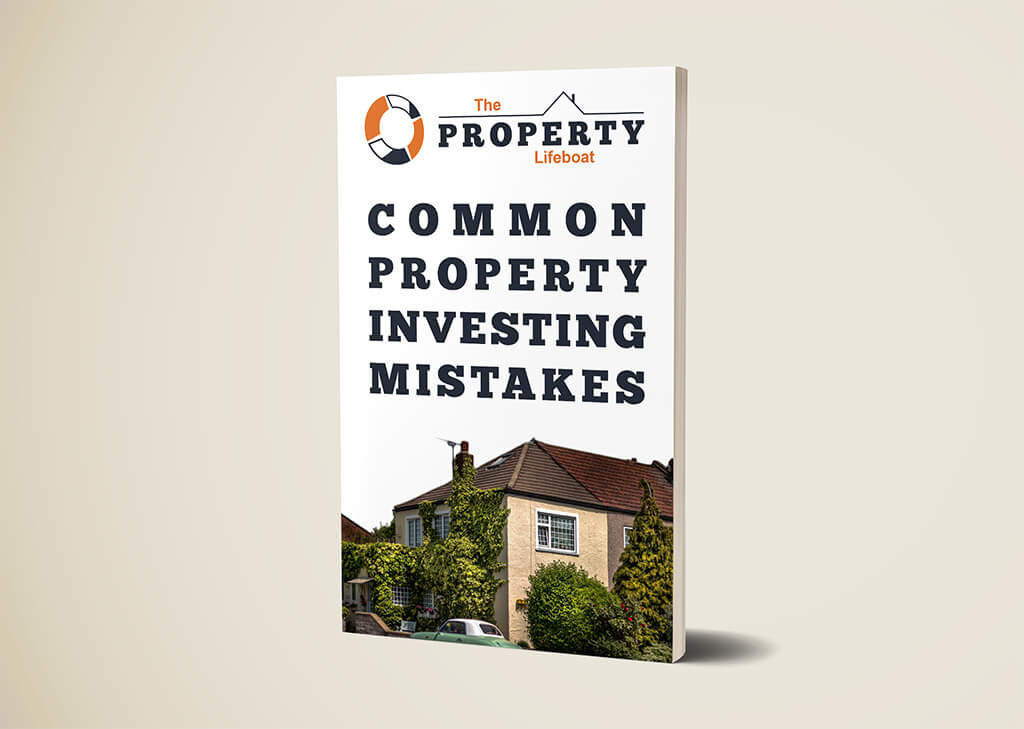
We have created a free guide to help you get going on your property investment journey. This invaluable guide includes the most common property investing mistakes. The guide is completely FREE and you can claim your free guide by clicking here.


